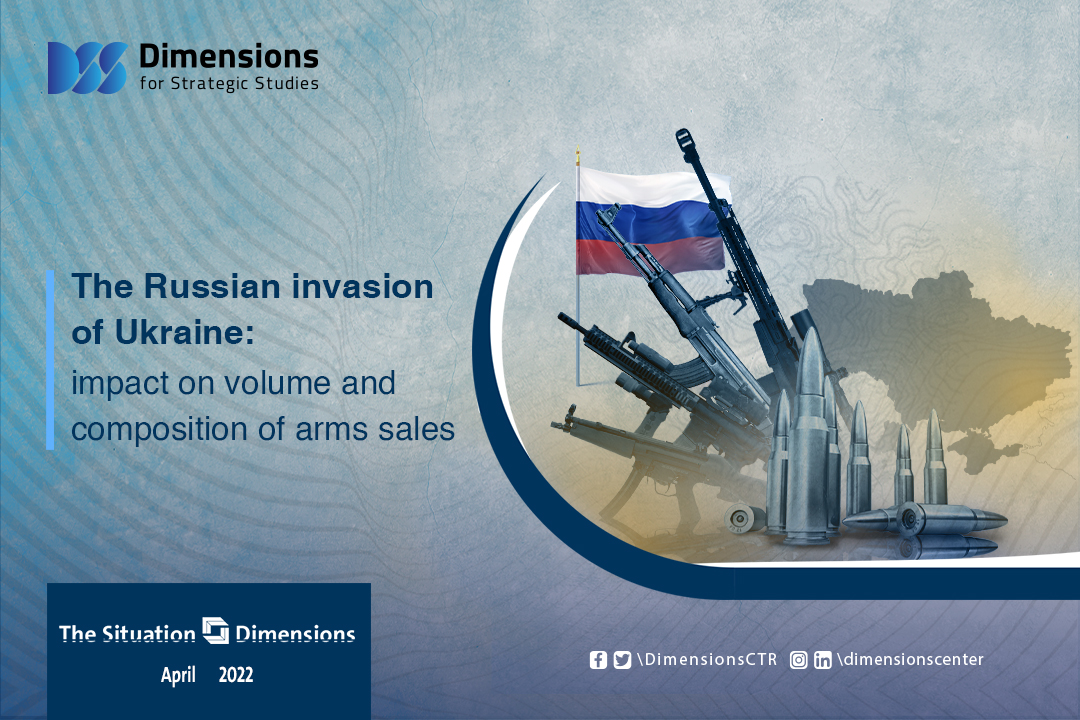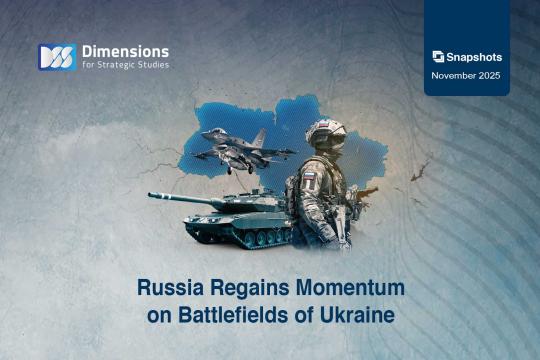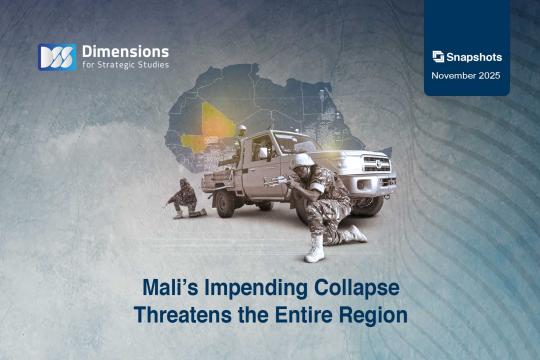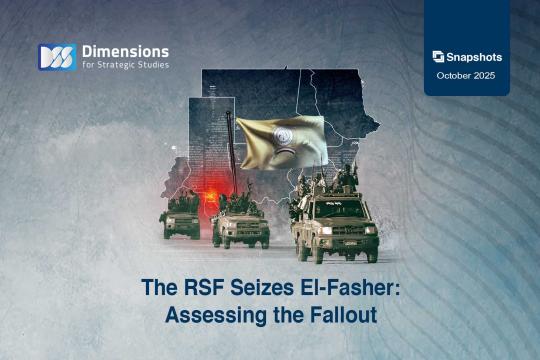
The Russian invasion of Ukraine: impact on volume and composition of arms sales
2022-04-201551 view
Most Western countries have allocated huge arms aid to Ukraine, so that many of these weapons are actually put to practical testing for the first time. Specialists closely follow the news of the battle. For example, circulating news and videos of the American Javelin missile and the British NLAW anti-armor missile, in addition to the American-made drones and the Turkish Bayraktar aircraft, destroying Russian tanks and vehicles, are top on the list. These clips bore clear promotional imprints.
With the rise in global security tensions against the background of the "Russian-Ukrainian" conflict, countries began to reconsider the issue of armaments. The most notable change occurred in Germany, which announced a comprehensive review of its security policy, and immediately allocated 100 billion euros to the army; in addition to allocating 2% of the country’s GDP (about 3.8 trillion US dollars) to defense annually. It is expected that Germany will turn to American companies to purchase F-35 aircraft and aircraft carriers, in addition to “German-French” FCAS aircraft. It is also expected that the German army will purchase the Israeli-made Heron TP aircraft.
The security calculations of most countries began to indicate the need to buy more weapons. The Middle East and African countries occupied the list in arms purchases during 2021, as Qatar, Saudi Arabia, Egypt and Kuwait were among the first seven places in the list of the largest arms buyers in the world, with a clear rise in arms purchases by Morocco and Turkey, where the Middle East countries obtained 43% of the total US arms sales, whose sales boomed during the first quarter of 2022, where we find that the shares of the five American companies that dominate 39% of global arms sales have risen in an unprecedented way, the stock of Lockheed Martin Corporation reached in mid-April April to 467 dollars, after it was less than 390 dollars in early February ; and the share of Northrop Grumman Corporation reached 470 dollars in mid-April, an increase of more than 100 dollars compared to the beginning of February. In Turkey also, the share of the military company (Aselsan) reached 27 Turkish liras in mid-April, compared to less than 20 Turkish liras in the second half ofFebruary.
Expectations indicate that in the coming years, the largest arms market in terms of size and technology will be concentrated in European countries as a result of the repercussions of the Russian invasion of Ukraine.
There are indications confirming the increase in purchases by Middle Eastern and African countries, as deals worth 8 billion US dollars were signed during the days of the first Defense Industries Exhibition held in the Saudi capital, Riyadh. Israel, as an exporter of weapons sold what is worth 9 billion US dollars in 2021. It hosted in the same period an exhibition of military industries. The size of its deals has not been announced ; as Israel could be among the largest countries that will sell drones and electronic warfare equipment to most of the countries, including some Arab countries.
Turkey can also be among the countries that are expected to sign partnership projects and contracts for the supply and manufacturing of some military equipment to different countries.
The changes that began to occur in the market will not only be in the volume of purchases, but also in the level of the composition of weapons for the next ten years, at the very least. The Gulf countries have been working to conclude deals with Russia to supply arms and transfer military technologies. Egypt has also signed contracts for the purpose of getting Russian weapons. Many African countries have already bought Russian weapons, or are looking forward to buy them. The developments of the battle and the way it is being managed militarily ; however, will change the composition of the weapons incoming to these countries. The battle could favor the American and French arms - which advanced to the third place in the world in arms sales - as well as the British, and joint projects between countries to develop previous weapons would increase. in addition to all that, there is a tendency to purchase weapons from countries flourishing and ascending militarily like Israel and Turkey.





